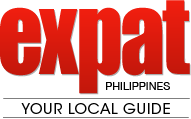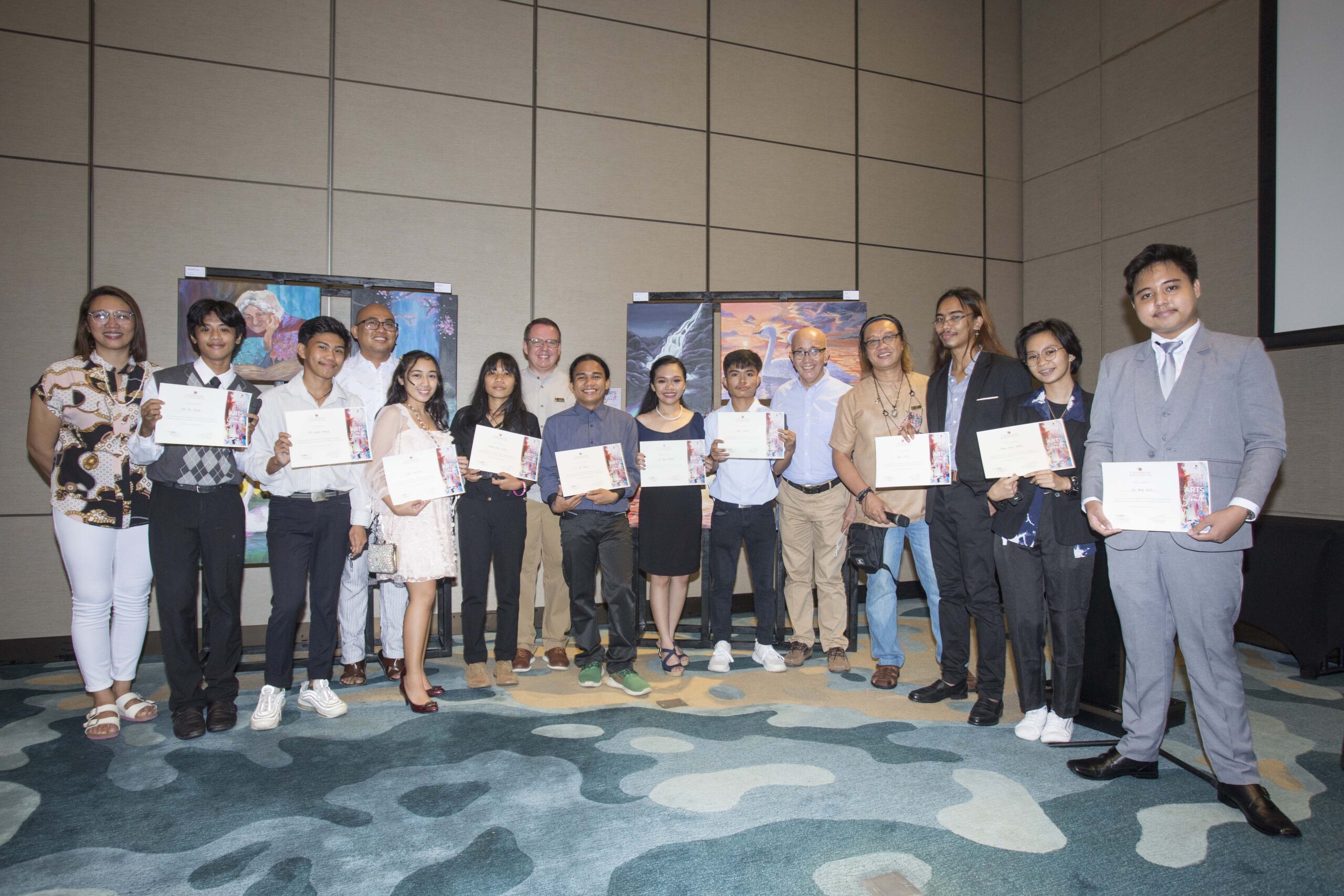While many cities have reached a certain level of achievement and have grown faster than other urban areas, it takes more than just facts and figures to determine how far a city has grown and prospered since other factors have come into the picture to redefine quality or inclusive growth.
Many cities likewise have experienced a certain degree of growth, yet are still sorely lacking on some of the basic fundamentals, which has hampered its qualitative growth, thus leaving one to brand the growth spurt as “uneven or misleading.”
An example here may be a place like Boracay, which has long been a tourism stronghold but severely lacks proper road zoning and urban planning—resulting in narrow roads, pollution, and scarcity of natural resources.
More than anything else, cities need to observe and learn from each other in order to integrate their best practices, interact more fruitfully with government agencies, and pave the way for cooperative growth and not just solo spurts.
Unfortunately, there is no one size fits all model since each city retains its own individualistic traits and concepts, and therefore needs a tailor-made model to suit specific needs and prerequisites.
Metro Labs
Enter the Metropolitan Governance (Metro Labs) and Quality Infrastructure Technical Deep Dive (TDD) which was held on Jan. 30 to Feb. 3 in Tokyo. There, six government representatives from Cebu took part and participated in tackling the problems of urbanization at more specific levels.
The TDD was held immediately prior to the 2nd International Conference on Sustainable Development through Quality Infrastructure Investment, which will focus on QII in metropolitan regions.
Representing Mayor Val Chiong of Naga City was Kristine Vanessa Chiong, his daughter, who saw the importance of collaboration with the city governments and line agencies in order to set off on a good start on proper planning.
Mayor Teresa Alegado of the northern Cebu town of Consolacion spoke of connectivity, which eventually leads to success as each part of the system is linked up with each other, resulting in compact development.
She also appreciated the participation of lead agencies of four modernized cities; namely the Tokyo Metropolitan Government (TMG), the New York City Regional Plan Association (RPA), Paris’ Avancity The Smart Metropolis Hub, and the Seoul Metropolitan Government, to serve as examples of upscale urban planning at its best.
Engr. Dionisio Ledres Jr., Assistant Regional Director of the National Economic Development Authority (NEDA) Region 7, professed admiration of Tokyo’s solid structure of government-managed systems. Merging here is important, he says, as the Japanese national government issues directives to the local government to spruce up their railways.
The conference was organized under the auspices of the World Bank Tokyo Development Learning Center (TDLC) program, a partnership of the Government of Japan and the World Bank. The program is global in reach and thematically focused on urban planning, urban service provision, urban management, social development, disaster risk management, and municipal finance.
Delegates also attended the 2nd Int’l Conference on Sustainable Development through the QII which sought to facilitate dialogue enhance learning and collaboration among development partners and their clients implementing infrastructure projects.
By RICHARD RAMOS

More interaction, unity needed by cities to move forward
Published on February 27, 2017
This post was last updated on March 26th, 2020 at 02:56 pm






